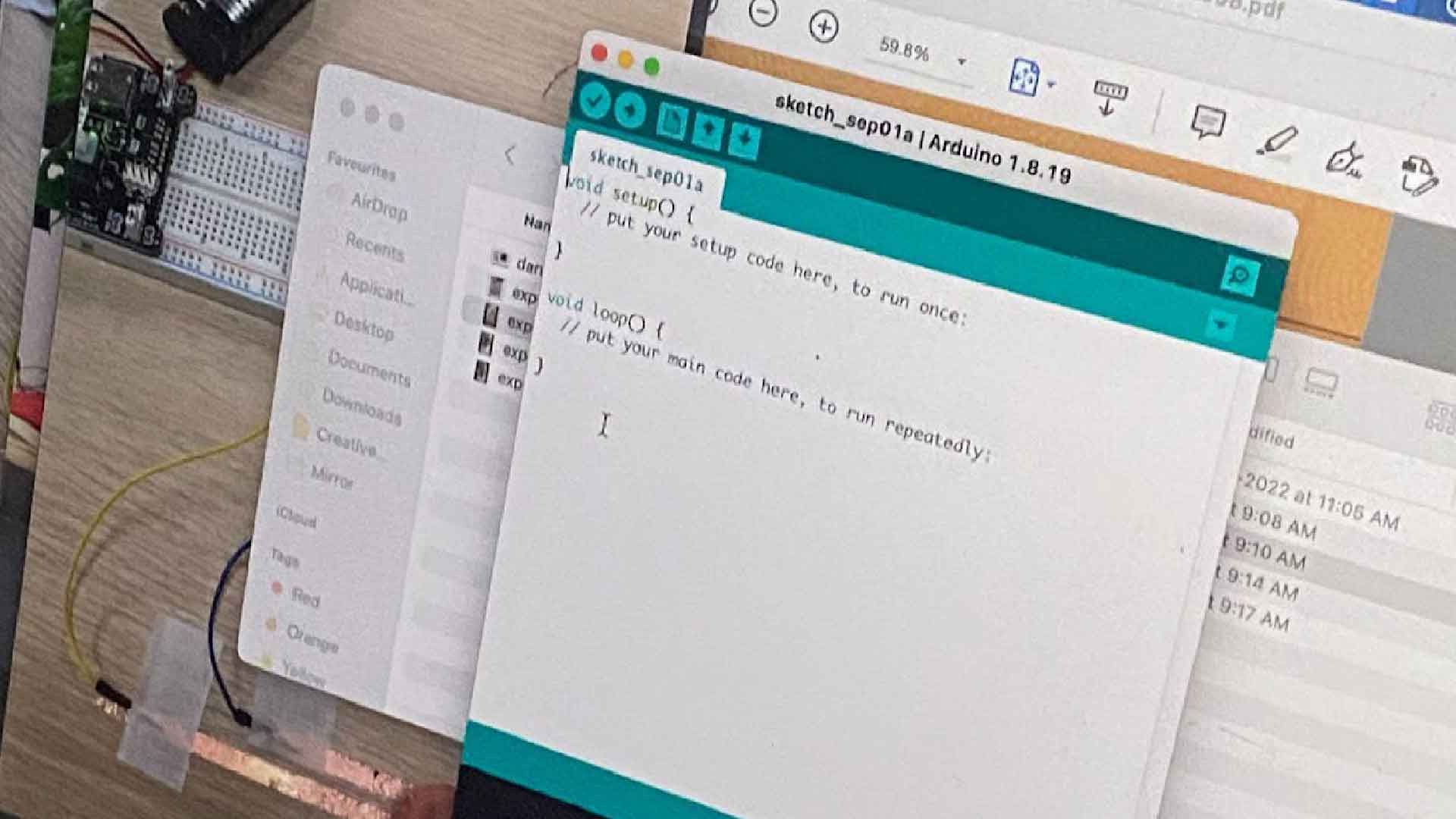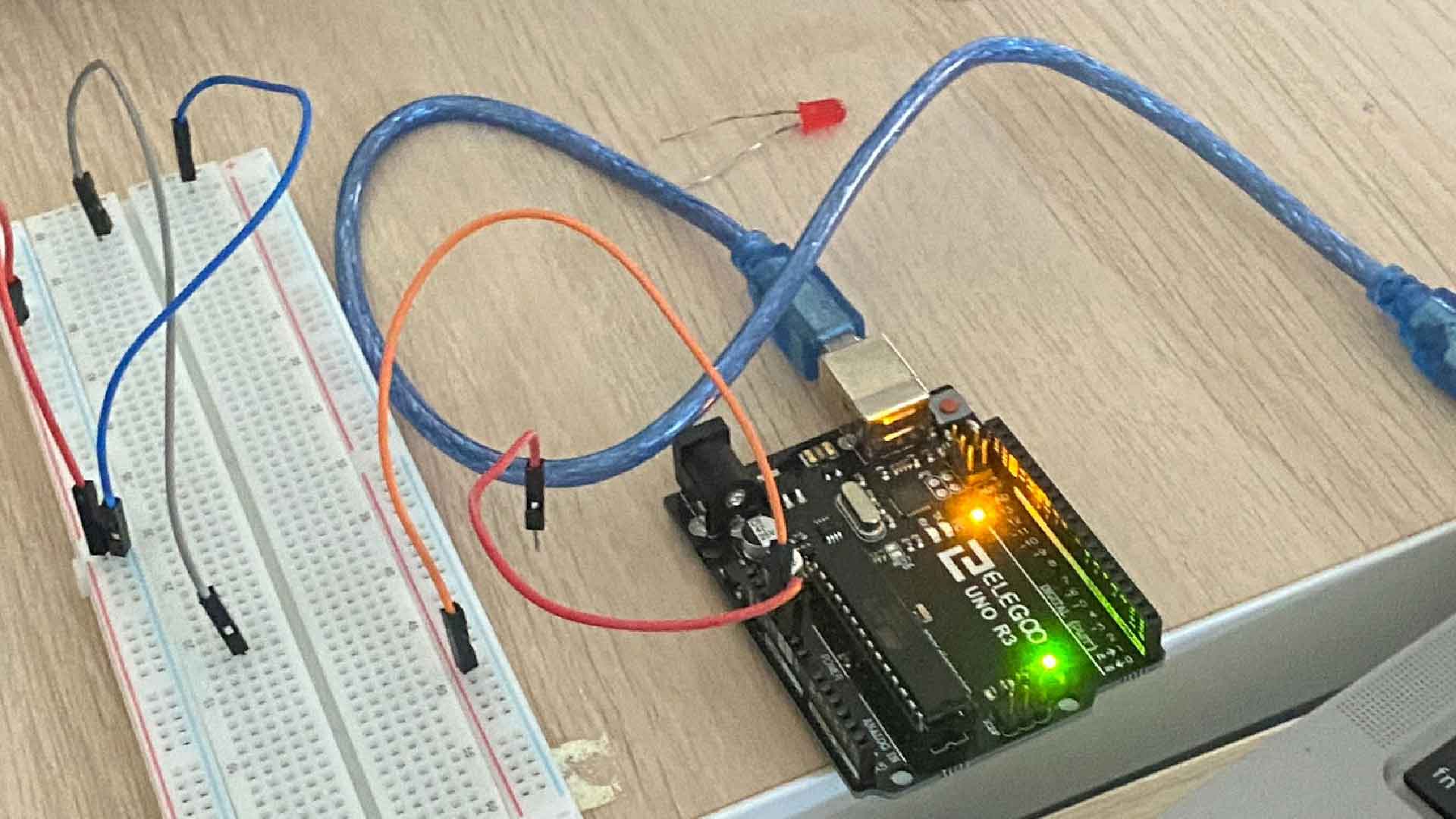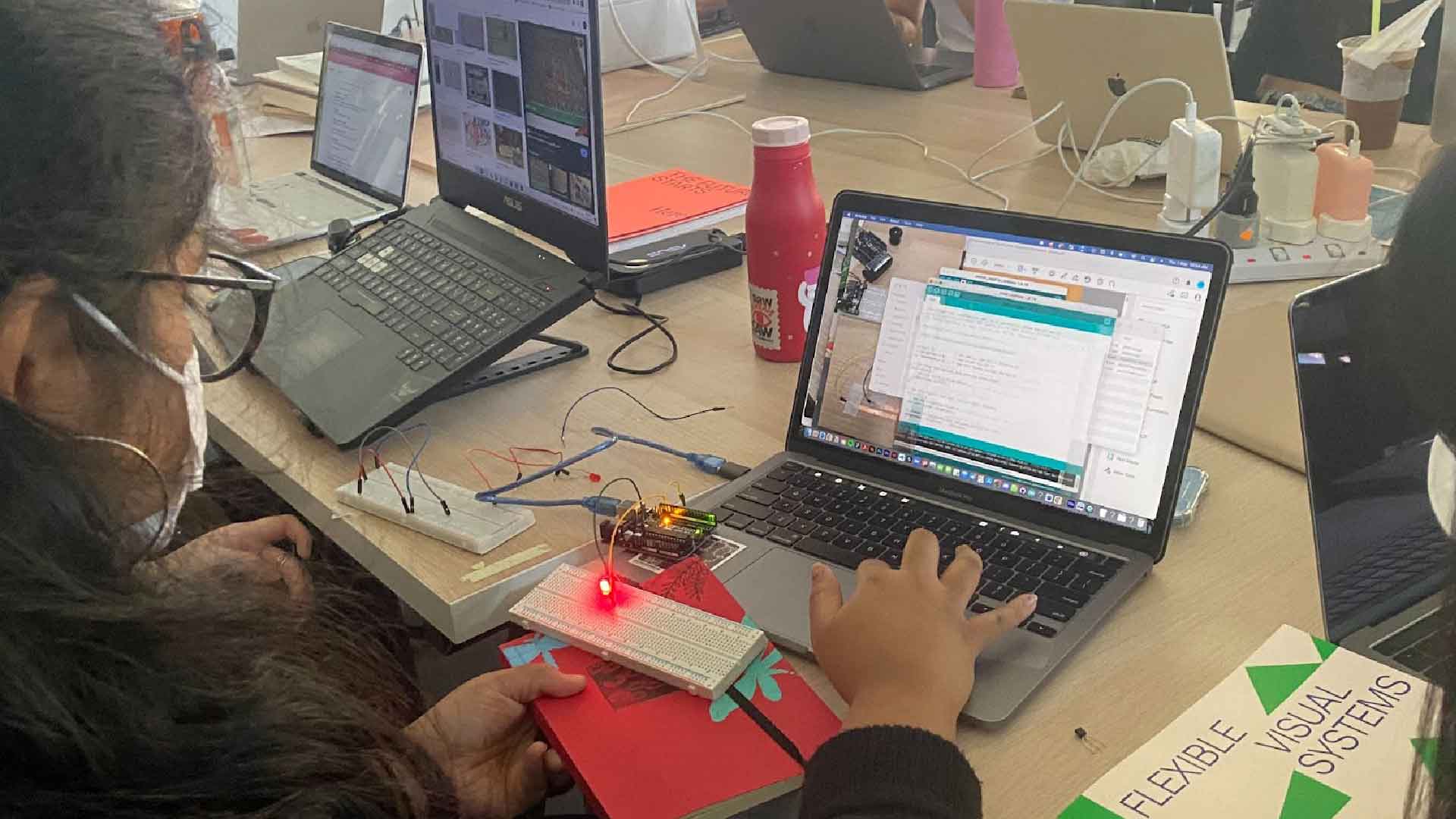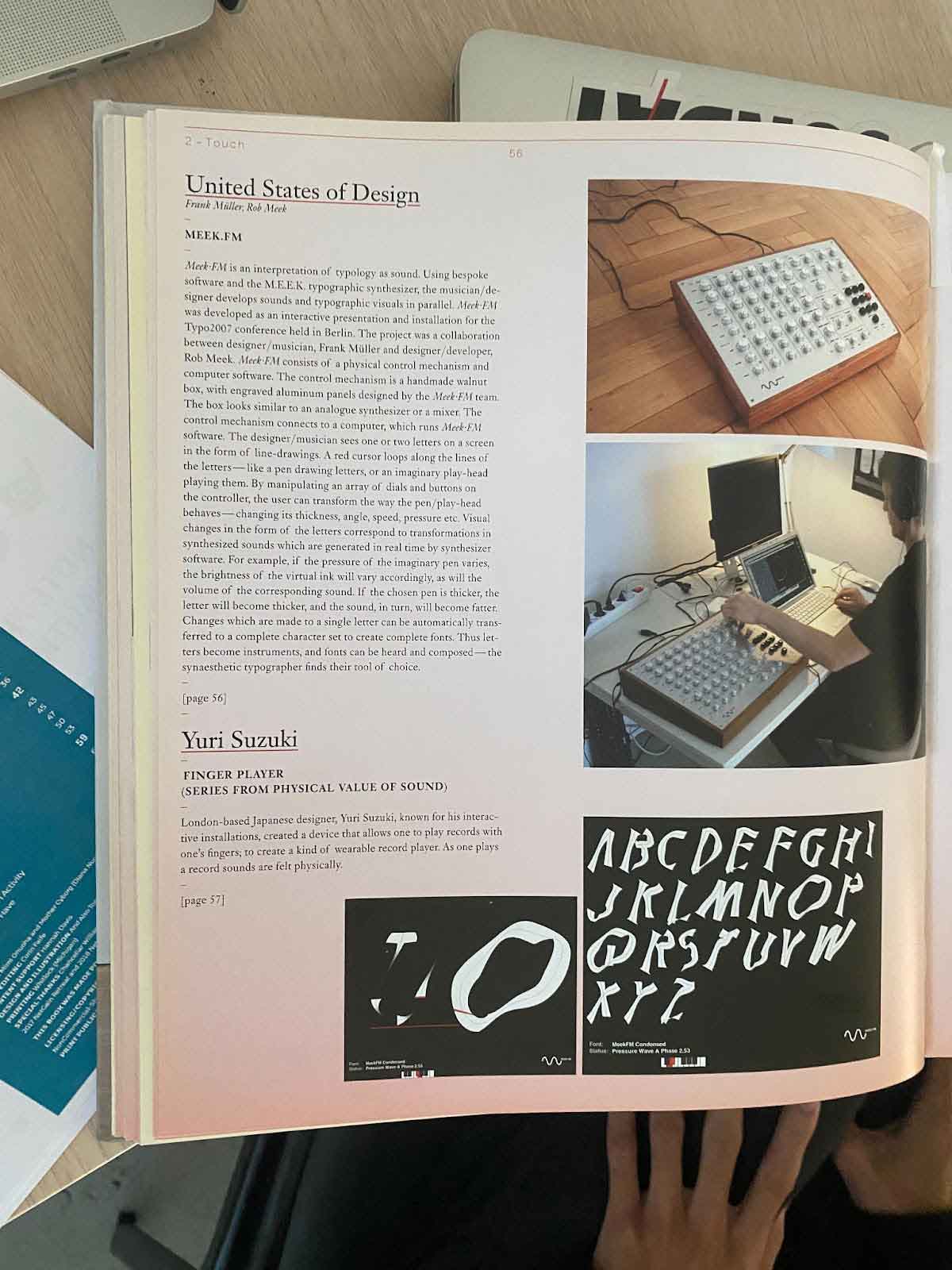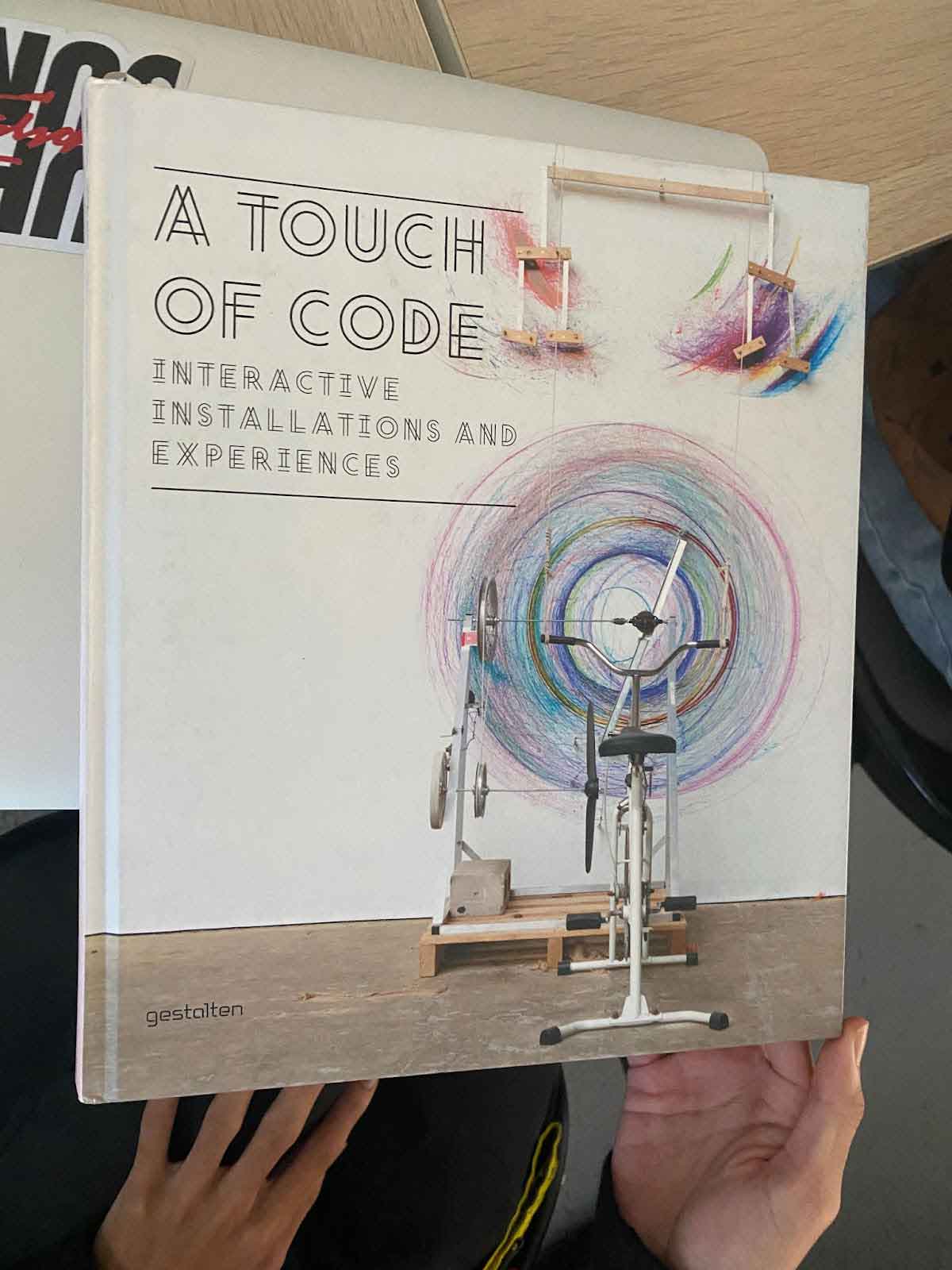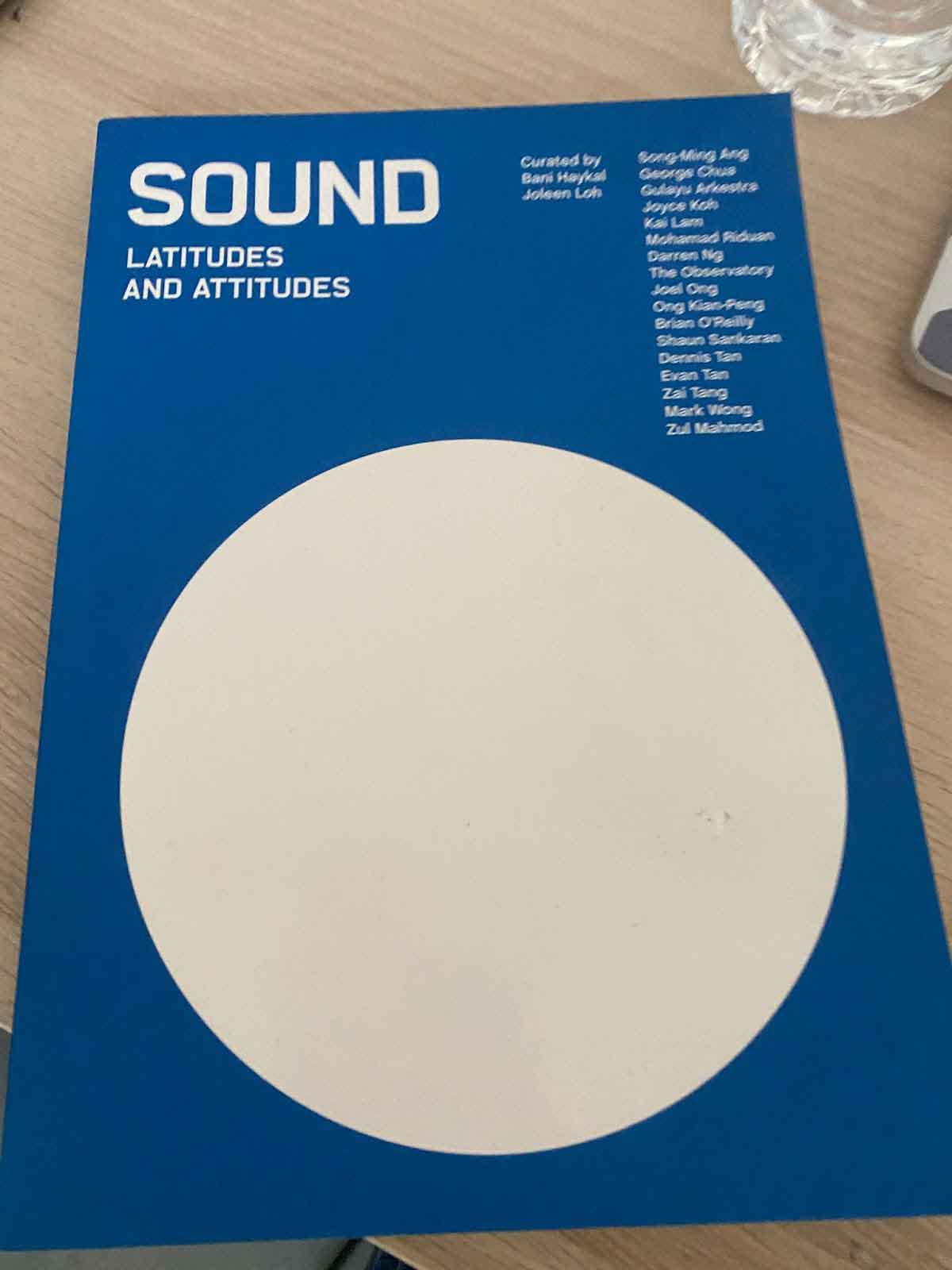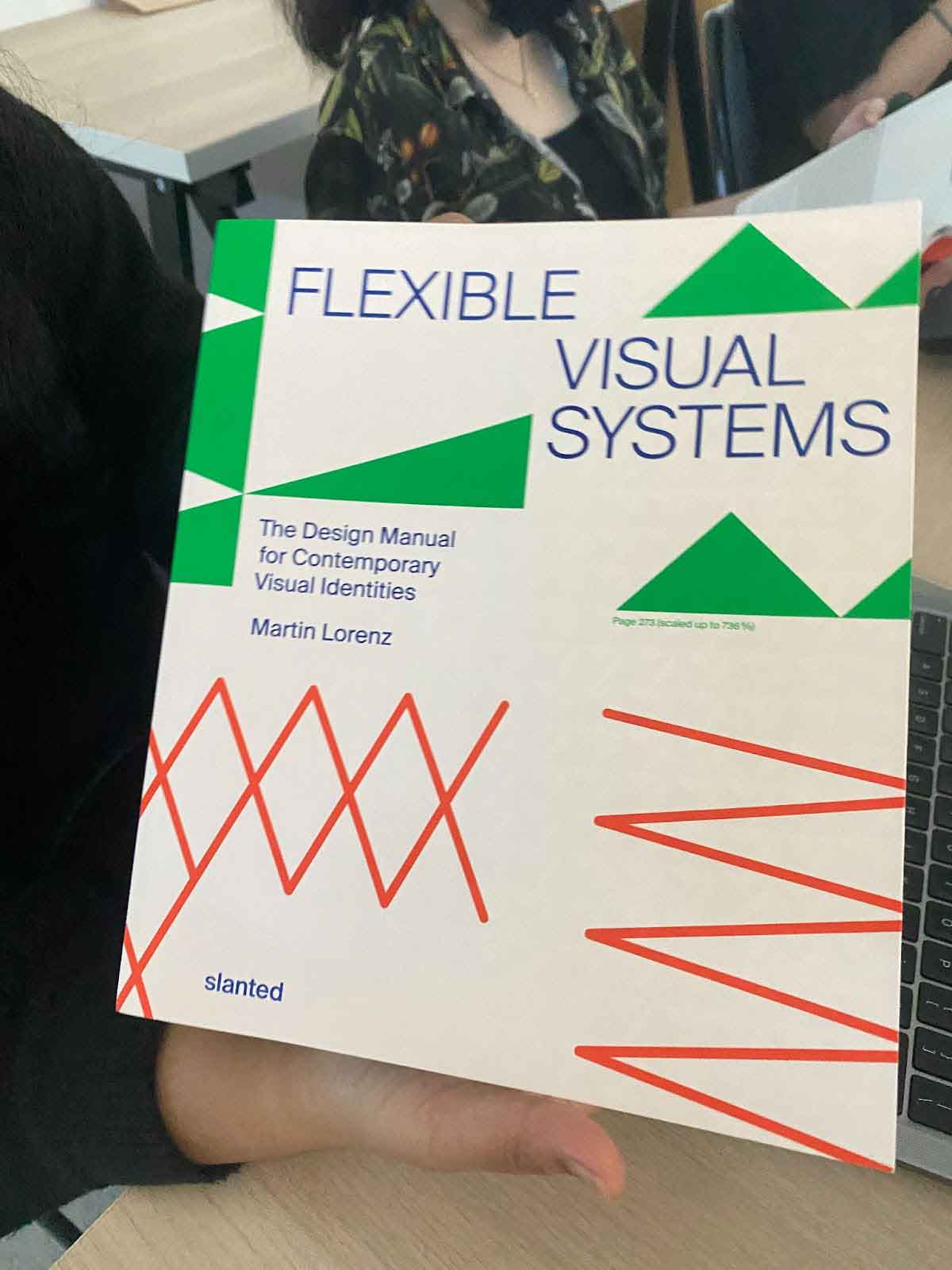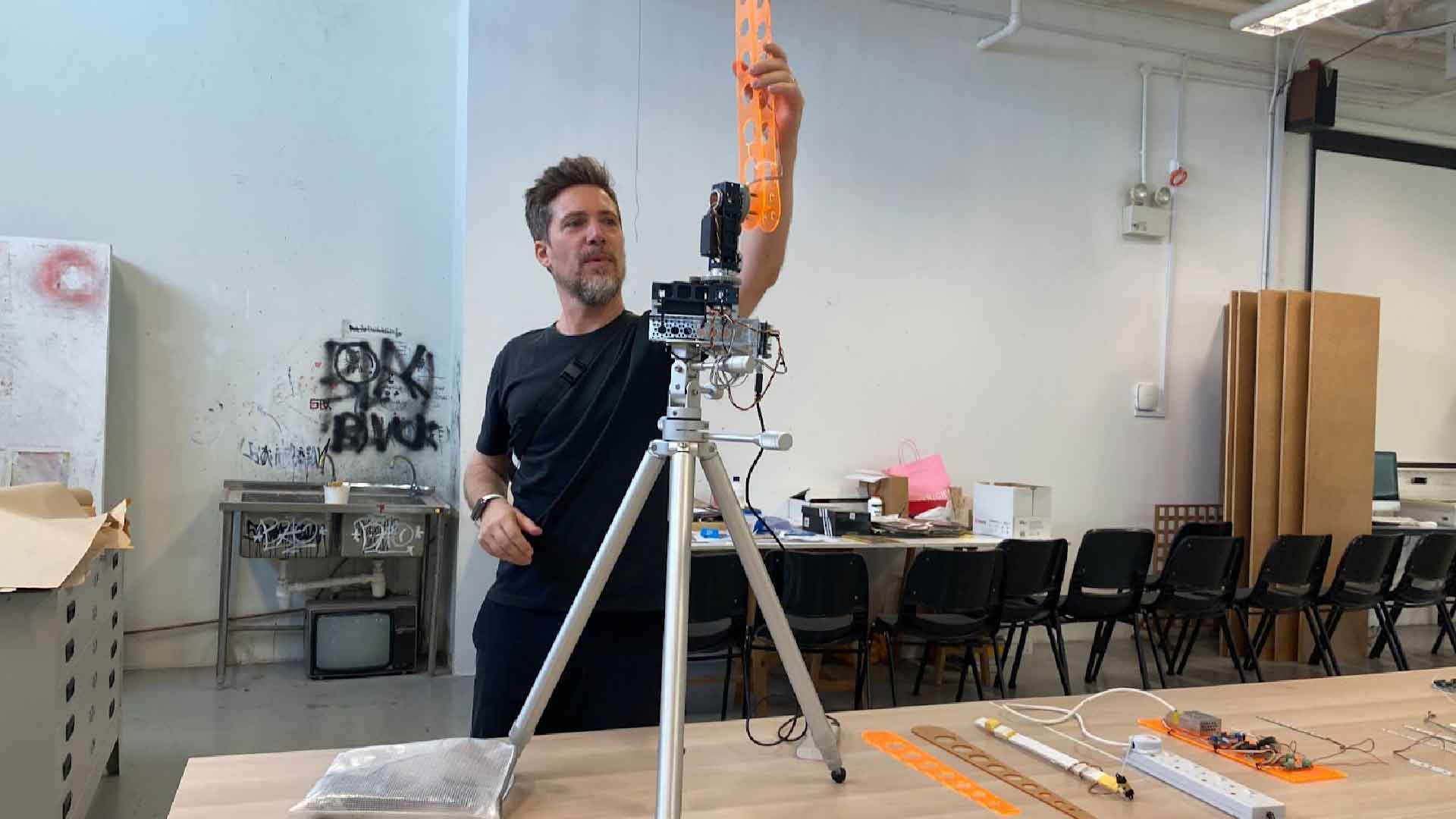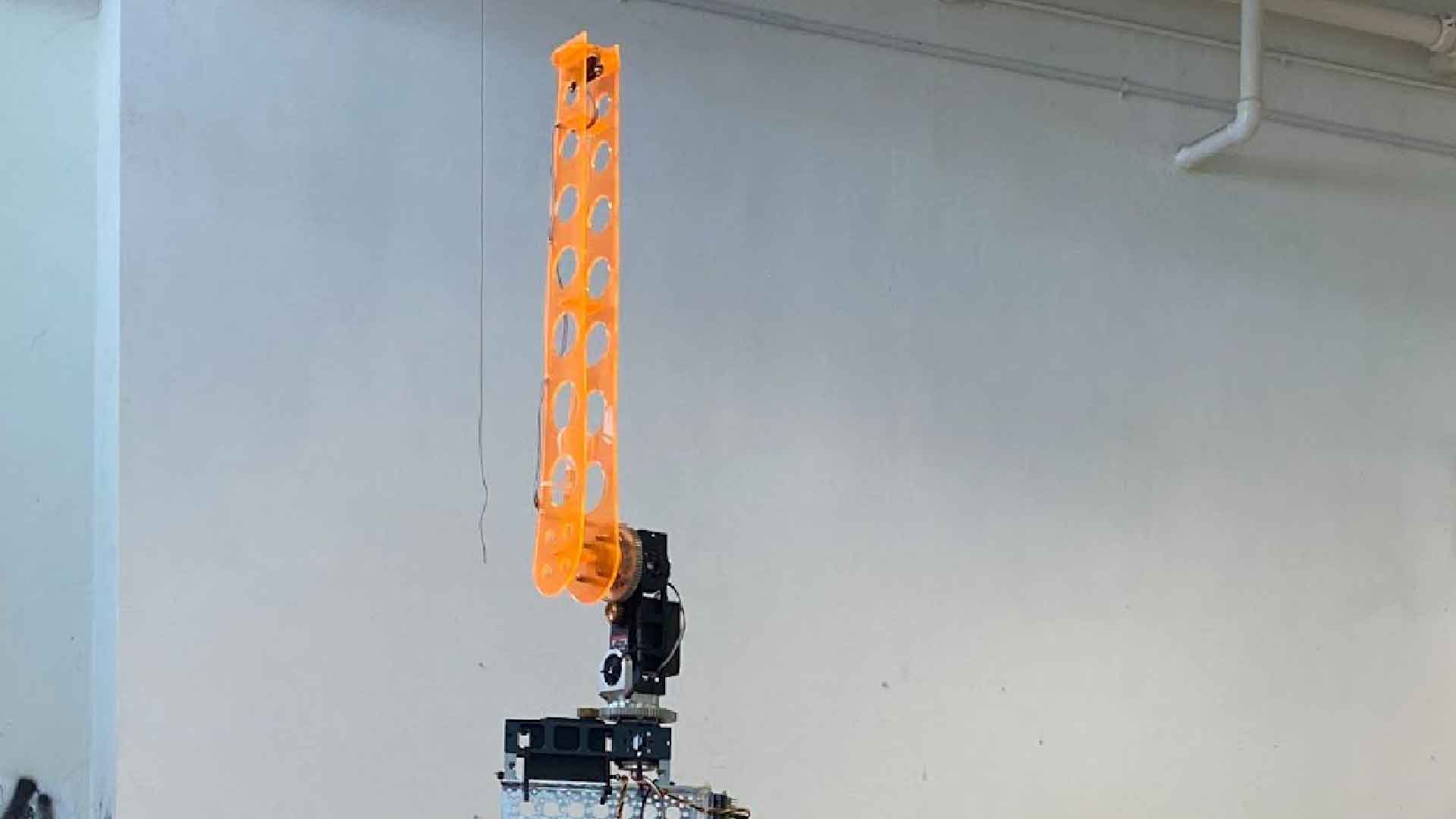Semester 01 Lessons
Introduction
Alumni Sharing
The lecturer discussed the deliverables of
our final year project during today's
session. Throughout the course, the lecturer
repeated the term framework and failure. He
invited Matthew, an alumni of our course, to
share his final-year project thinking
process. As he shared his tips, I found them
to be useful. During his presentation, he
explained how he divided the design process
into smaller parts and examined different
frameworks in order to determine which
framework was suitable for his project.
As part of the last activity, we were required to create a mind map describing our research topic. As a result of what the lecturer said about taking the uncomplicated way out, I actually considered combining sound and touch, but decided not to do so. In addition to sound, during the prototyping stage, I could explore how other senses might be able to assist in the support of sound interaction.
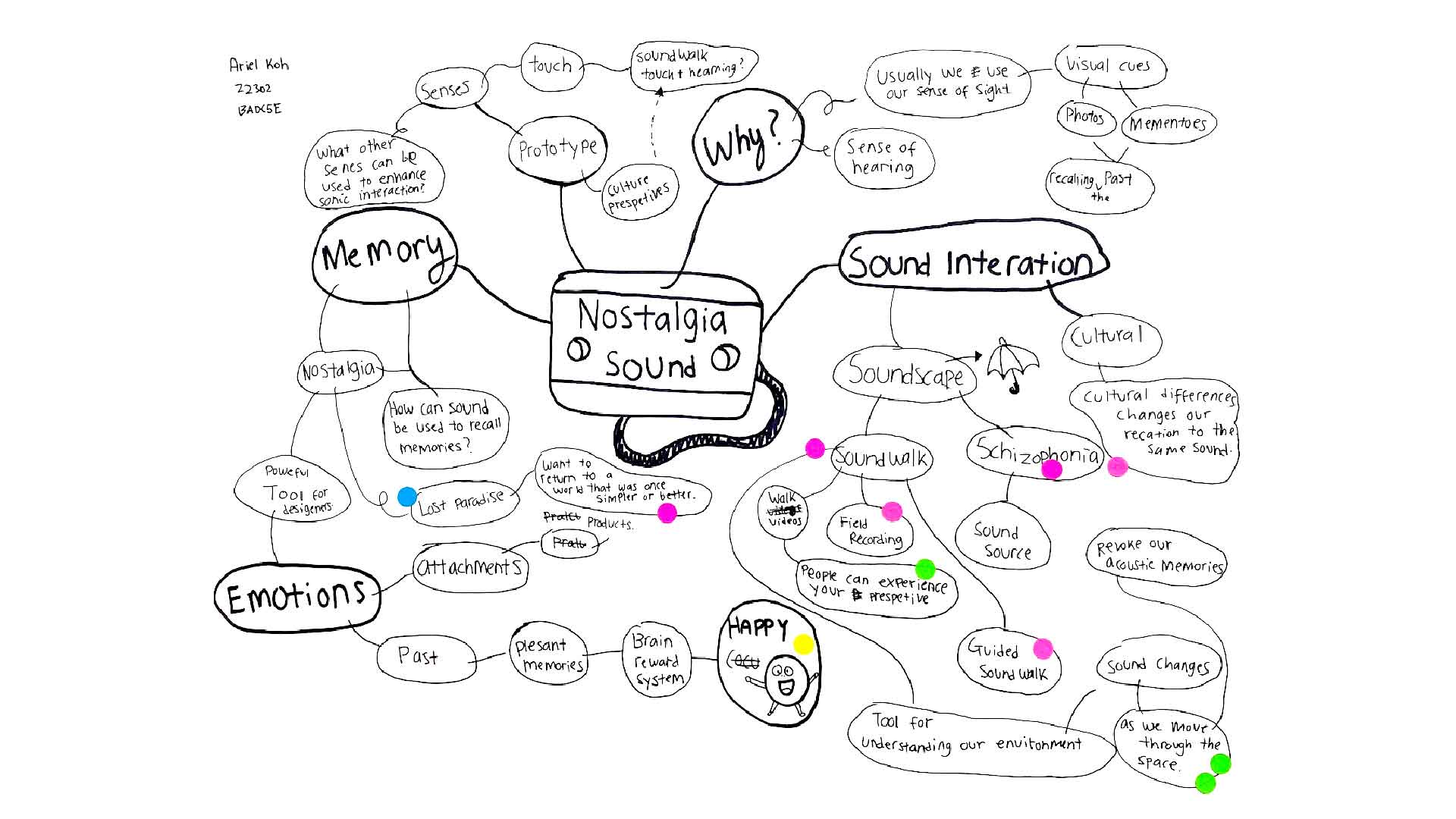
Nostalgia Sound Mindmap
Experiment
In today's lesson, the lecturer introduced us to experimental methods. The task for today was to conduct a simple experiment that related to your research topic. I found myself having difficulty choosing what to do after watching my classmates conduct their experiments.
Some of my classmates were playing with Arduino, an open-source electronics platform. While I heard Aditi explain how to proceed with this platform, it was very confusing to me since all the wires and strange electronic parts made me feel as if I were in a science or robotics lesson.
I conducted a simple experiment involving cutting out foam and cardboard into a variety of shapes and sizes in order to test how different shapes and sizes affected sound. The experiment was not completed because I was unable to use a speaker during the lesson, so I was required to perform the experiment at home.
Aditi Experiment
Books recommended by the lecturer
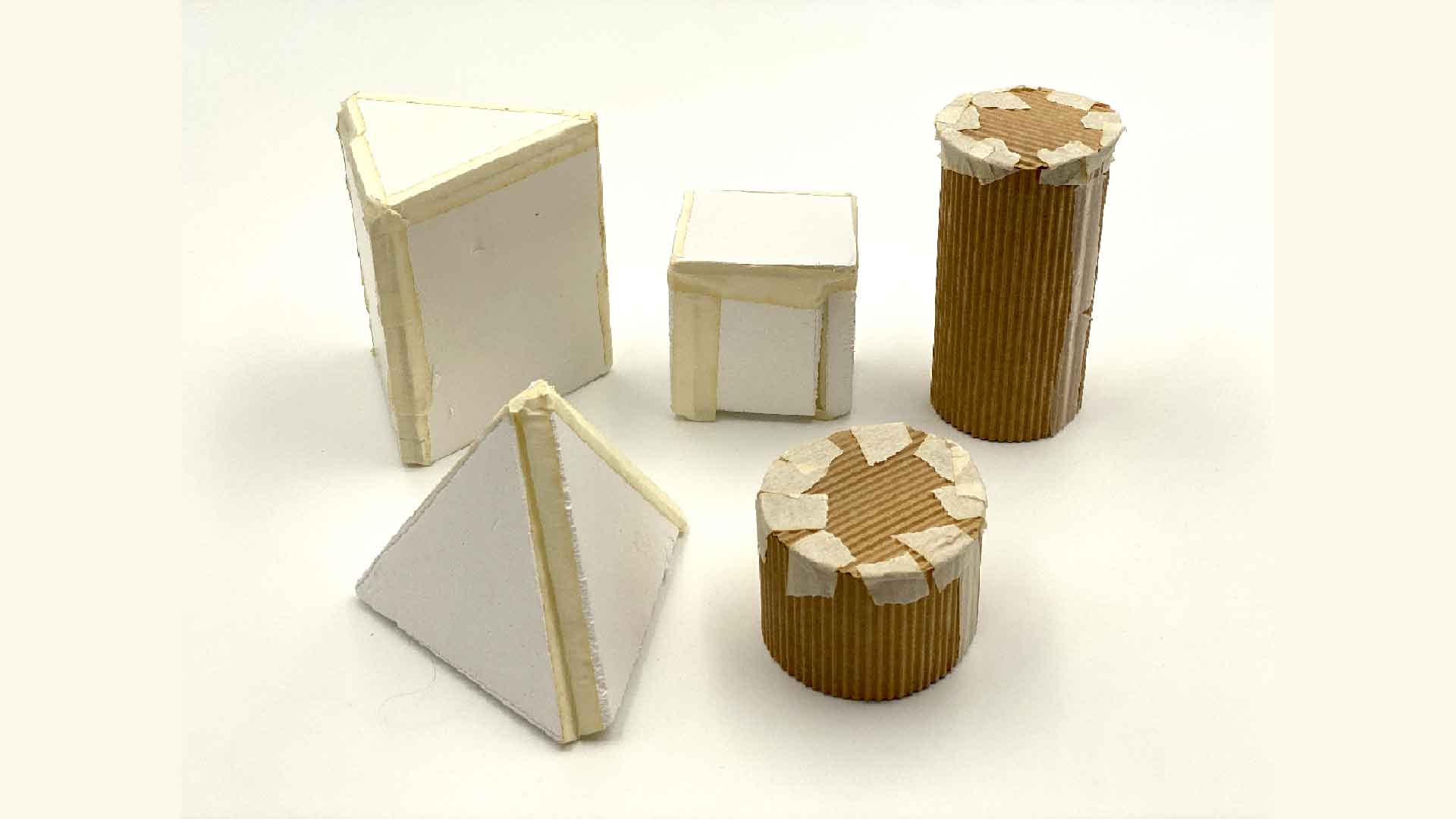
My Experiment
Prototyping Session
We are in our first prototyping session today. The lecturer demonstrated how we can use various materials to create our prototypes. The example of the "Shy Robot" was very interesting and cute because it looked like a shy child or animal. There are sensors built into the arms so that they will avoid your hands if you attempt to touch them.
In addition to showing us different materials and how to use them effectively, the lecturer also recommended some books that we might find useful for prototyping the product.
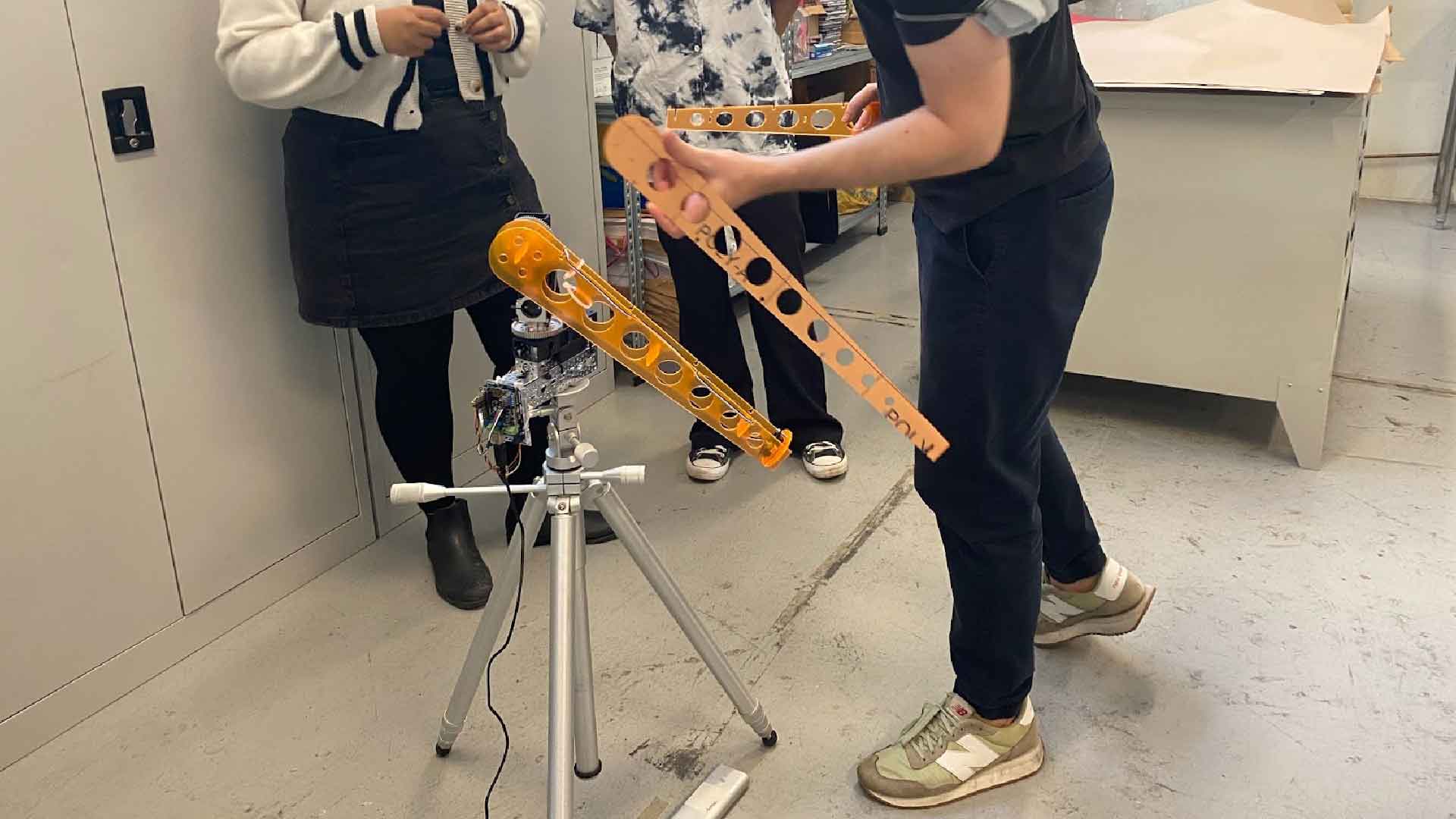
Amendments made to design and materials 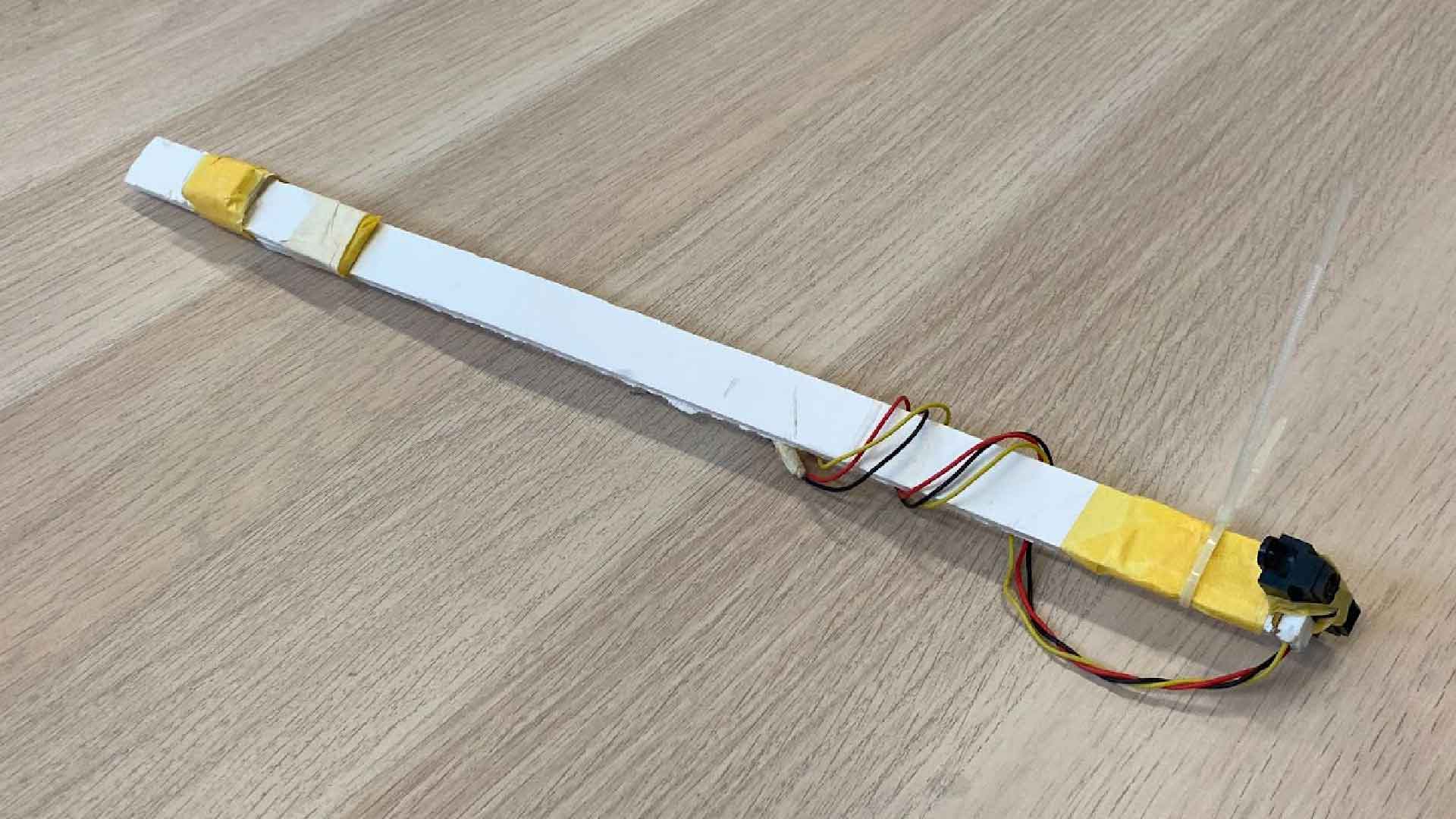
Prototype of the arm system
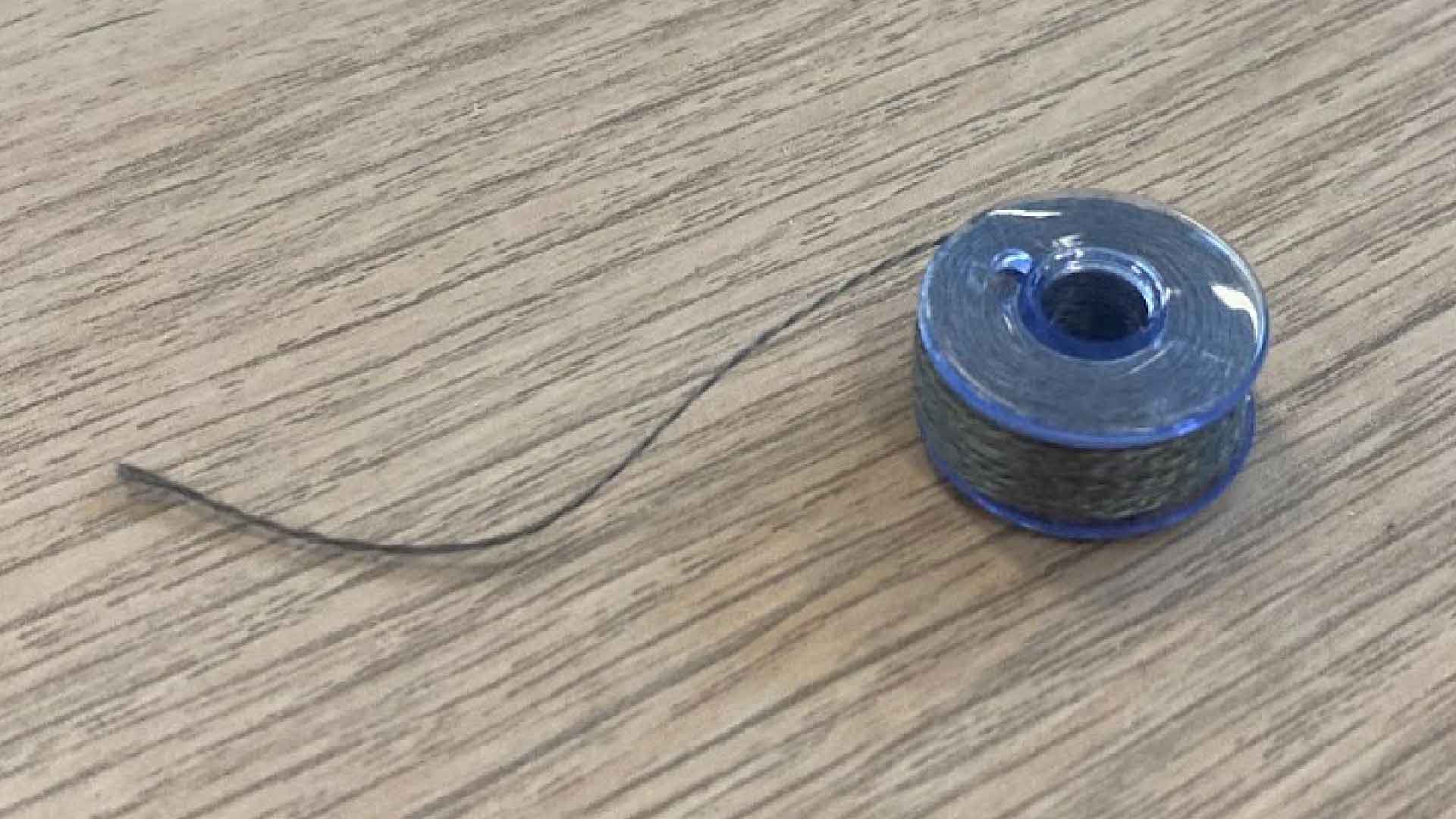
Conductive Thread
The lecturer mentioned that the conductive thread can be used with a sewing machine and is washable.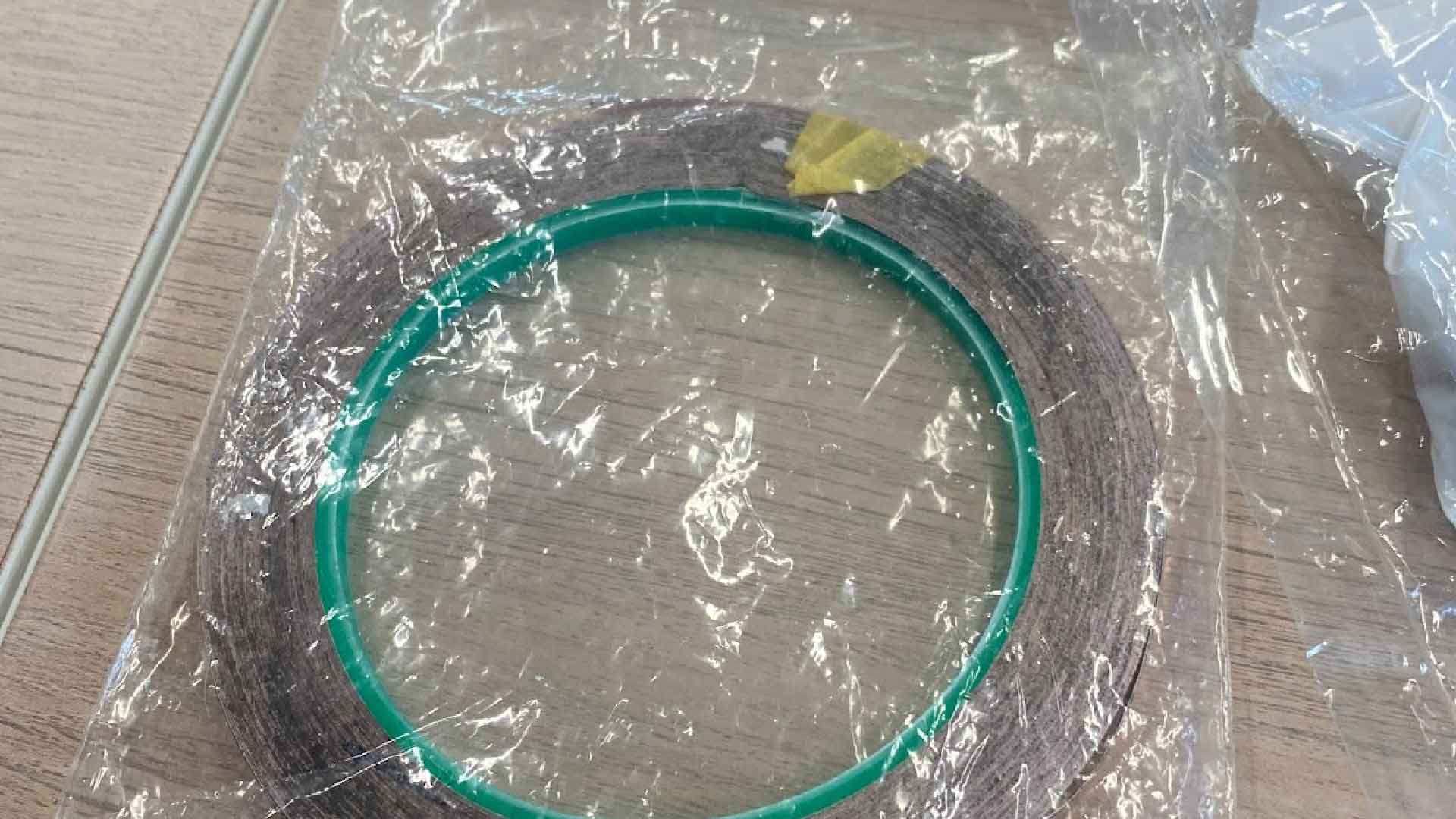
Conductive Tape
Tape would be a better alternative to electric paint, since it is quicker and cleaner.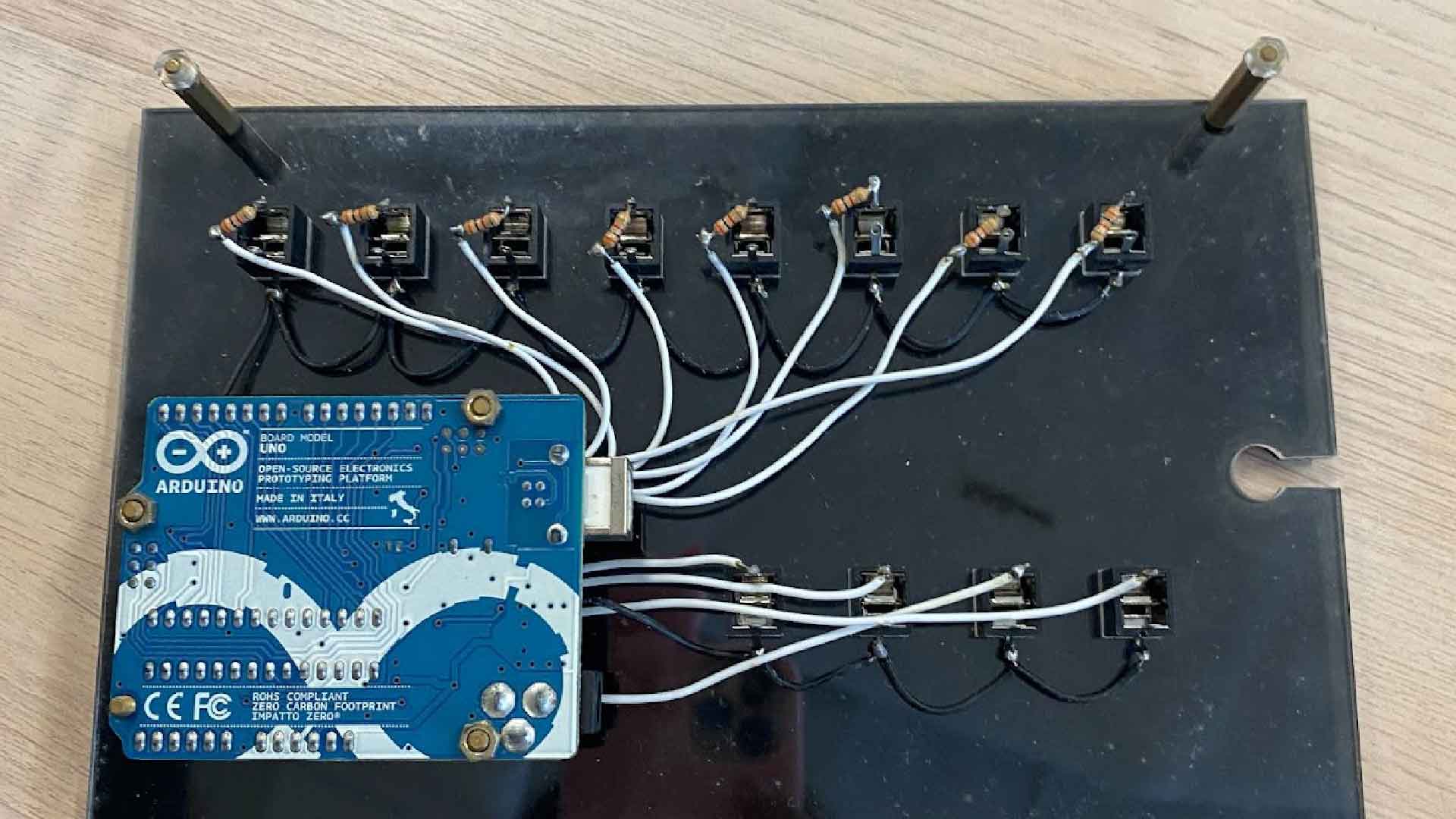
Synthesiser
For remixing sound or music tracks.

Speaker 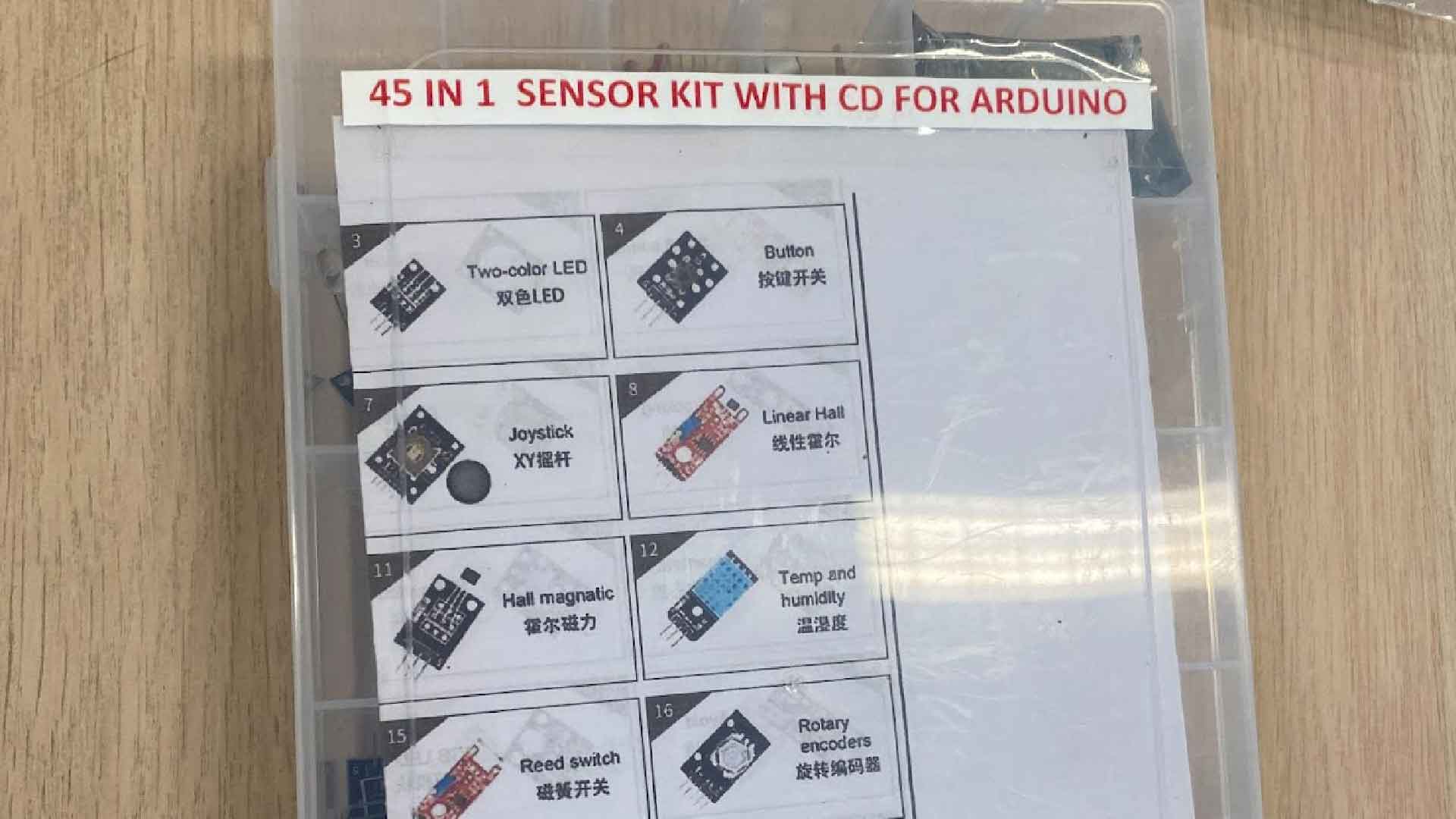
Sensor Kit 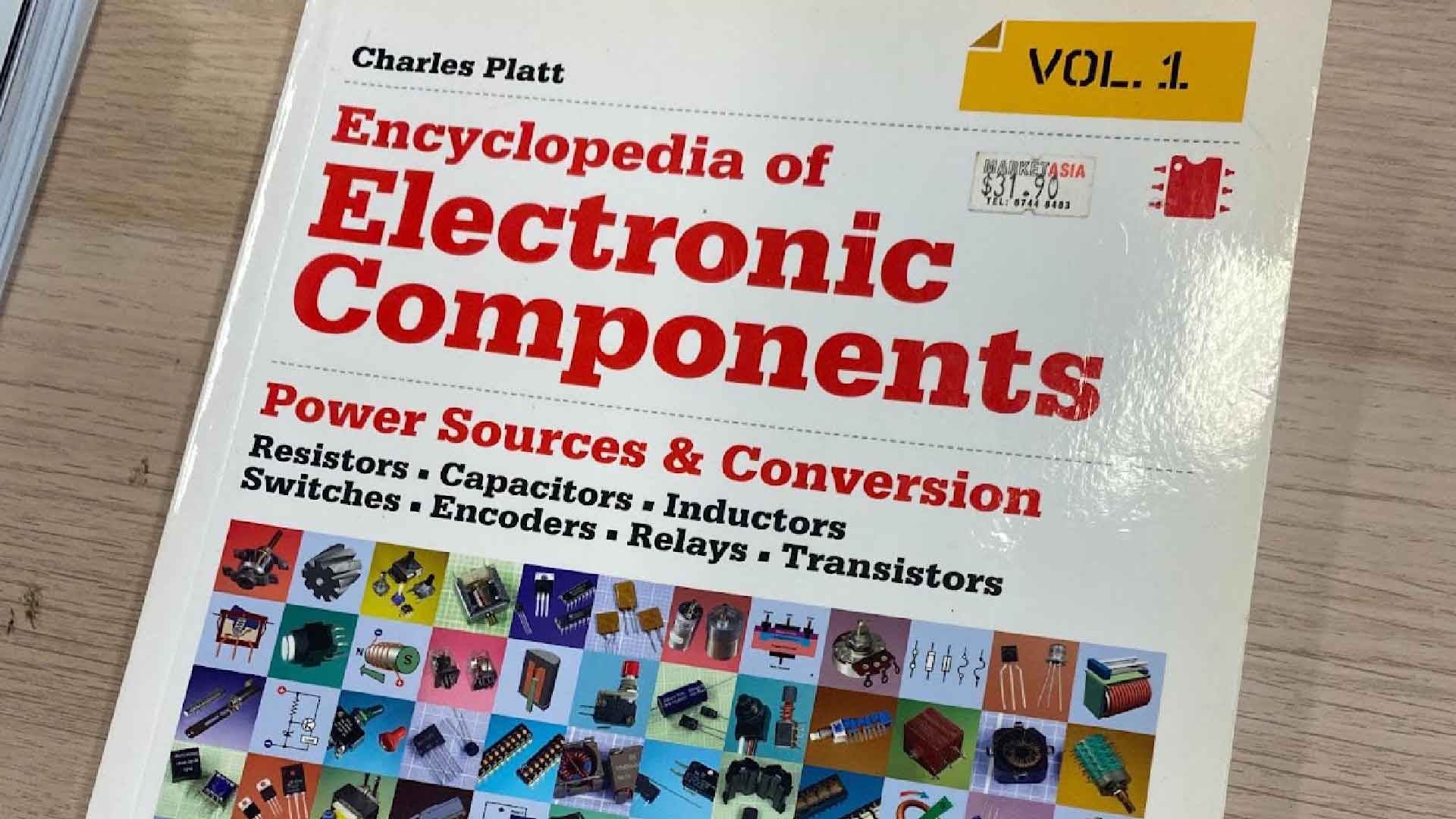
Book Recommended
